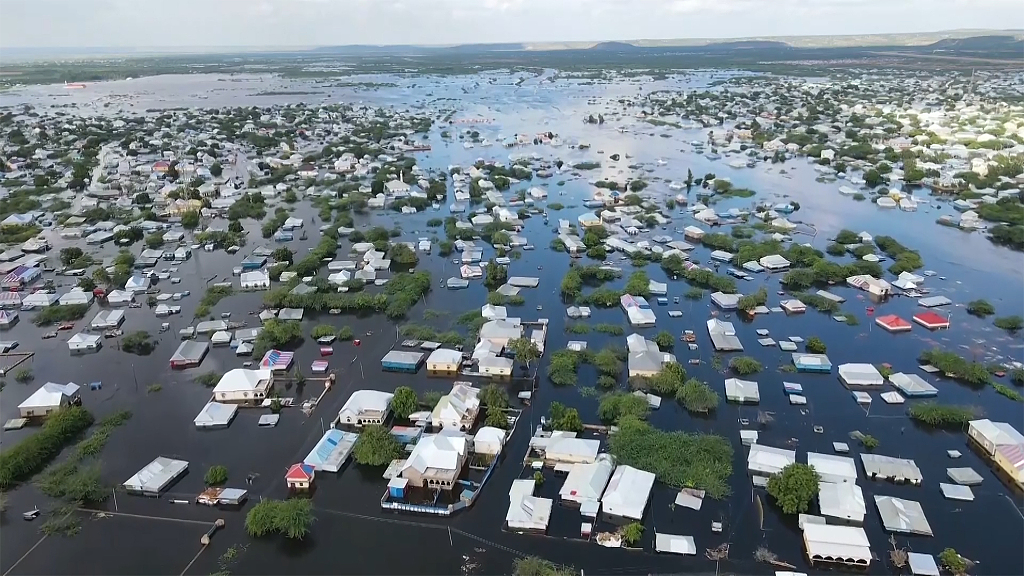
WFP implements anticipatory action to mitigate impact of floods in Somalia
The United Nations World Food Program (WFP) said it, along with its partners, has successfully implemented the second anticipatory action to mitigate the impacts of El-Nino-induced floods in Somalia.
The WFP said the anticipatory action was designed to safeguard people’s lives and livelihoods in anticipation of floods across four districts in Somalia: Baardheere, Luuq, Jowhar, and Beledweyne.
“The WFP and partners also updated and refined the early warning messages on flood risks and mitigation strategies to be disseminated to the communities before, during, and after the floods,” the WFP said in a statement issued in the Somali capital of Mogadishu on Friday night.
According to the WFP, the April implementation, the second time the Somalia Anticipatory Action Plan has been activated, underscores its effectiveness in protecting communities at risk of climate-related shocks. The first activation came in October 2023, with assistance arriving a few weeks before the occurrence of the devastating El Nino floods, effectively protecting people before they were affected.
“These anticipatory actions were aimed at increasing households’ and communities’ access to timely early warning information, so they could use it to make decisions related to flood risk management, ensuring supported households can protect their lives as well as their household and livelihood assets, and enabling targeted households to have maintained food consumption status,” the WFP said.
According to the UN Office for the Coordination of Humanitarian Affairs, an estimated 225,760 people have been affected by the Gu season’s (April to June) heavy rains and floods, including nearly 38,730 people who have been displaced or relocated, as of May 14.
The heavy rains and floods have also resulted in the death of nine people, loss of livelihoods, including livestock cropland, and the destruction of small businesses.
The WFP said anticipatory actions resulted in the dissemination of early warning messages to almost 1.9 million people through local radios and partners.






